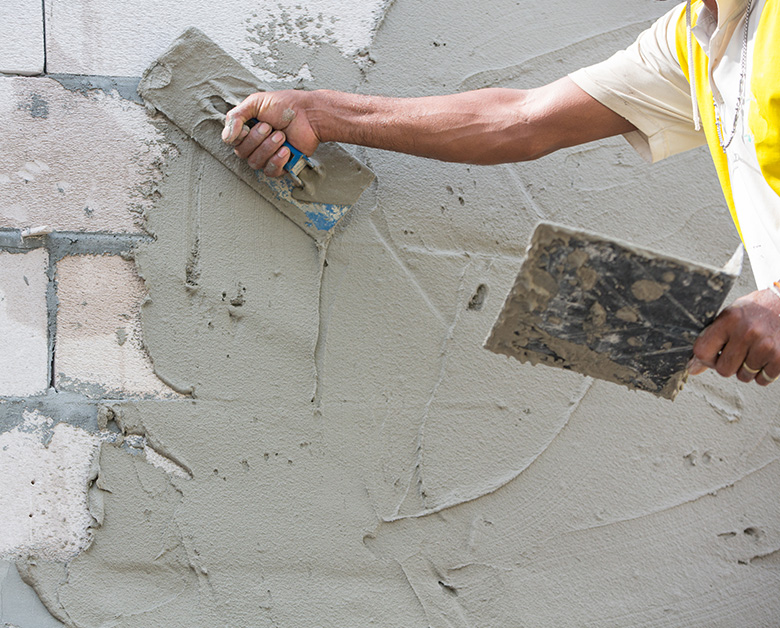Byk 1017 Decoplast
Extra Quality Silicone Decorative Plaster

BYK 1017 DECOPLAST is a cement and polymer based, water repellent, silicone added decorative plaster.
Fields of Application
• Indoor and outdoor, as decorative coating on thermal insulation plaster on building facades, It is used on mineral based surfaces such as concrete and plaster.
Advantages
• Mixed only with water.
• Does not slip,
• Provides excellent adhesion,
• It has high mechanical resistance against external factors.
• It can be painted in desired color.
• Resistant to freezing-thawing.

Technical Features
Structure of the Material |
Special cement, mineral fillings, polymer additive |
Density |
1,85 kg/lt |
Colour |
White |
Adhesion Strength |
1 N/mm² |
Application surface Temperature |
+5ºC / +35ºC |
Service Temperature |
-20ºC / +80ºC |
Initial Curing Time |
3–5 minutes |
Workable Time |
1 hour |
The values above are given for +23°C and 50% relative humidity. While higher temperatures shorten the period, lower temperatures extend it
Application Procedure
Preparation of the Substrate
The surface of the thermal insulation plate to be applied must be dust free and free from debris. Also, the mechanical dicing process has to be completed
Mixing
The appropriate amount of water described on the package is poured into a clean mixing container. BYK 1017 DECOPLAST bag is opened and added slowly into the water. It is mixed for about 3 minutes until it is homogenous with 400 - 600 rpm mixing drill. There should be no lumps in the material. After the material is rested for about 3 minutes, it is mixed again for 1 minute and made ready for application.
Mixing Ratio
For 25 kg/1 bag of BYK 1017 DECOPLAST approximately 5,00 – 6,00 lt of water should be used.
Application
Consumption
Package
Cleaning of Application Tools
Watch Points
In BYK 1017 DECOPLAST application, suitable temperatures should be expected if ambient and surface temperature are below + 5 ° C or above + 35 ° C. It should not be applied in extremely hot, rainy or very windy weather. In outdoor applications, for the first 24 hours should be protected from sun, rain, wind and freezing. Working and reaction times in plaster mortars are affected by air temperature, humidity and floor temperatures. High temperatures accelerate hydration and the working time is shortened accordingly. Low temperatures slow down hydration and thus extend the working time. For the material to be completed, the floor temperature and ambient temperature to be applied must not fall below the minimum permissible temperature.
Shelf Life
Storage
Health and Safety Precautions
Disclaimer
Technical and Repair Mortar Group is cement based, polymer modified, one component, fiber additive, repair and surface smoothening mortar.
